Human skull found in Sydney bushland 40 years ago has a face after digital reconstruction
A human skull found by children playing in Sydney bushland in 2001 now has a face after NSW Police used digital reconstruction to try to identify the man who died nearly 40 years ago. WATCH THE AMAZING VIDEO
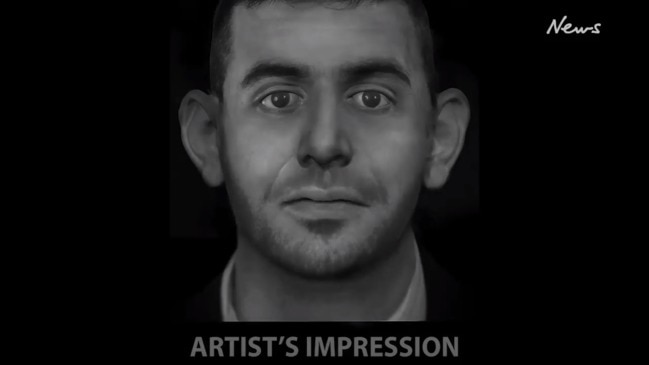
NSW
Don't miss out on the headlines from NSW. Followed categories will be added to My News.
A human skull found by children playing in Sydney bushland in 2001 now has a face after NSW Police used digital reconstruction to try to identify the man who died nearly 40 years ago.
Over the past two years, police have used an extensive array of scientific methods to build a profile of the person whose remains were discovered in St Helen’s Park near Campbelltown.
Forensic experts have told them the skull and an almost complete skeleton later unearthed near where the skull was found belongs to a male aged 35 to 45 who died between 1980 and 1985.
“There was ample DNA which has been tested against all the known data bases in NSW and other states without luck,” Detective Senior Constable Maria Feher said.
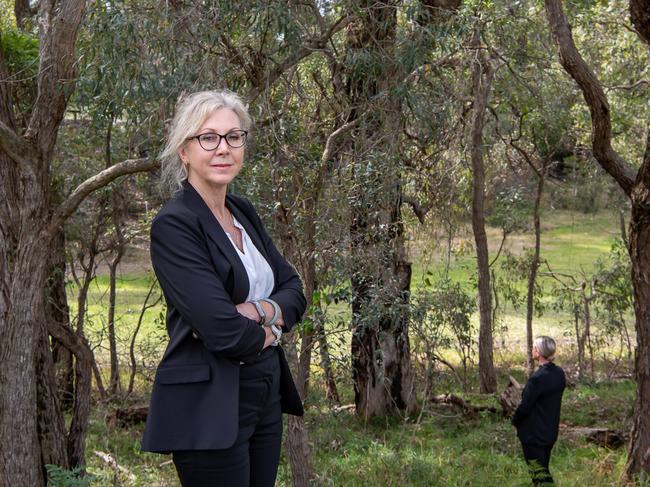
MORE NEWS
‘Belligerent’ Veronicas kicked off flight
Dealer Sonja Christian ‘stashed cocaine in her bra’
Crashed helicopter found off Anna Bay
Even if the person had a criminal record he would not be in a data base because police did not start collecting DNA until the late 1990s.
Late last year, investigators asked the Centre for Anatomy and Human Identification at the University of Dundee in Scotland, which is a world leader in the field, to do a digital forensic facial reconstruction.
“We hope the image may spark a memory from around that time of someone they knew who went missing,’’ Det Feher said.
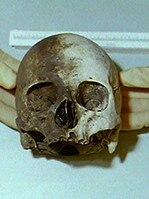

There is no obvious cause of death.
“There are some fractures in the skull but there is no way to say how they were caused,” she said.
“ It could have happened over time as the land there was extensively redeveloped from farmland to residential in the early 90s.
“There are no other broken bones or markings on the skeleton suggest he was shot or stabbed,” she said, adding that it was impossible to determine whether the man was murdered or died of natural causes.
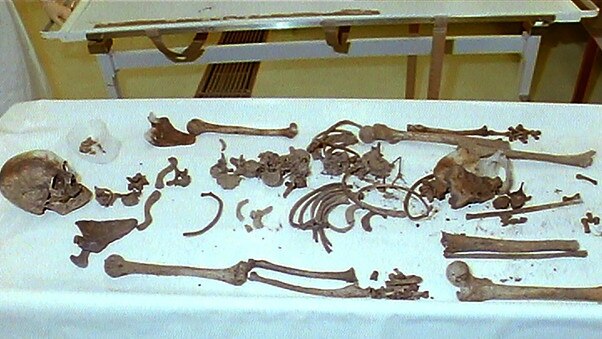
While the location of the body is isolated it was reasonably accessible and was not far from main roads and firetrails which existed around that time.
Part of the skull was exposed when a group of kids came across it in a reserve on Meredith Crescent when they were playing on a Sunday morning. One of them took the skull home and showed it to his mum, who contacted police.
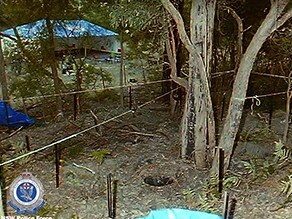
Officers spent the next few days combing the area and located almost an entire skeleton with the bones in proximity to each other.
A number of other items were found in the area near the skeleton including a man’s trousers, shirts, some shoes, a watch bearing the words “Time Out”, a gold bracelet, and buttons. Some beer bottles were also found. Police have been unable to identify the manufacturer of the watch.
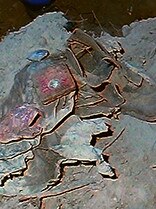
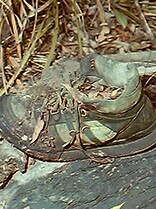
There were also a number of .22 calibre shell casings in the vicinity but the detective said there was nothing to indicate they were linked to the dead man.
“Before the redevelopment of the property it was privately owned farmland and shooting was probably not unusual,” she said.
Sen-Constable Feher said another problem was that the bones may have originally been part of the landfill used during the redevelopment.
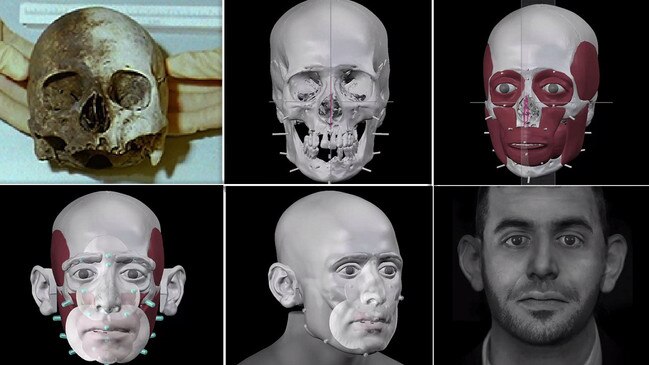
Police have been working to conduct various DNA analyses and testing, including phenotyping, which determined the man most likely had dark brown/black hair, brown eyes, and had a mixed ancestry of South Asian and Middle Eastern, although this was only a guide. “We know he is right handed because of his bone size and have been told he was most likely quite athletic,” Sen-Constable Feher said.
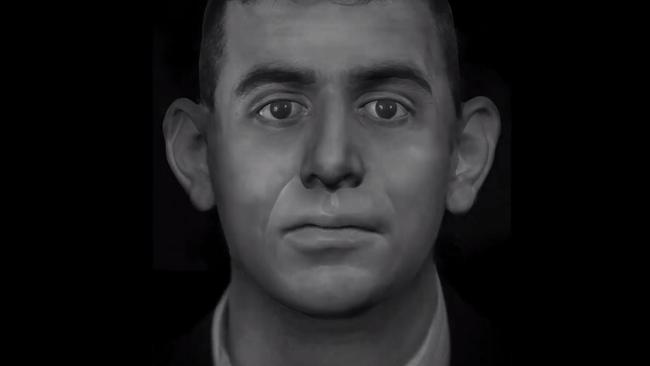
A 2004 coroners inquiry could shed no light on the death. The case was reopened in 2017 when Campbelltown City Police area command renewed Strike Force Tavoy to investigate. They have methodically worked through missing people from the time frame to eliminate possible victims. “We still have a number of possibilities that we are still looking into,” she said.

